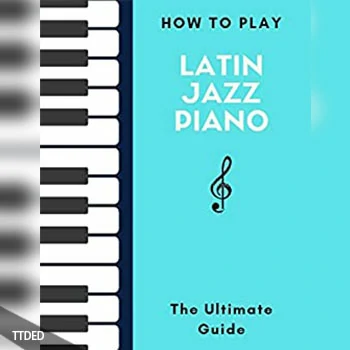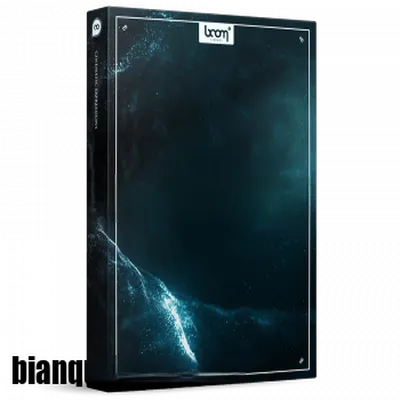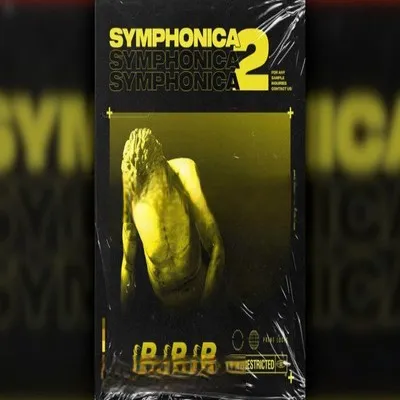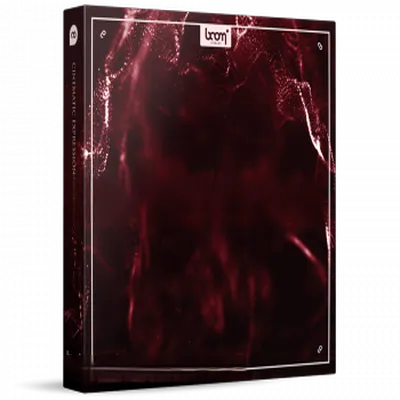 ¥All jazz musicians play a number of Latin tunes, but for most cases Latin means a generalized feel and approach, and nothing necessarily specific beyond a straight eighth-note feel. This book offers the jazz pianist a more specific approach to playing Latin jazz piano based on traditional Latin music from Cuba-known as AfroCuban-and Brazil. Each differs in its rhythmic approach and feel, and each cornes from a different tradition. Whereas the piano is a crucial harmonie and rhythmic instrument in a traditional Afro-Cuban ensemble, the guitar more typical1y plays that role for a Brazilian ensemble. The jazz pianist, however, often is called on to supply chords and accompaniment rhythms for Brazilian-based jazz when a guitar is not present.
¥All jazz musicians play a number of Latin tunes, but for most cases Latin means a generalized feel and approach, and nothing necessarily specific beyond a straight eighth-note feel. This book offers the jazz pianist a more specific approach to playing Latin jazz piano based on traditional Latin music from Cuba-known as AfroCuban-and Brazil. Each differs in its rhythmic approach and feel, and each cornes from a different tradition. Whereas the piano is a crucial harmonie and rhythmic instrument in a traditional Afro-Cuban ensemble, the guitar more typical1y plays that role for a Brazilian ensemble. The jazz pianist, however, often is called on to supply chords and accompaniment rhythms for Brazilian-based jazz when a guitar is not present.
This book does not attempt to instruct the reader in the area of traditional Latin piano playing, but rather in the area of Latin-based jazz piano. The traditions serve as points of departure for a more improvisatory jazz approach. Sorne of the more popular traditional styles introduced in this book include mambo, cha-cha, bossa nova, and samba. The book addresses the three raies that the jazz pianist typically plays:
1) a member of an accompanying rhythm section,
2) a Iead instrument within an ensemble,
3) a solo instrument.
The book is divided into three main sections: Afro-Cuban based jazz piano, Brazilian based jazz piano, and Iead sheets for play along.
金币充值前往“个人中心” 年费VIP 88金币99%的资源免费
资源若失效联系Q或微:Q3185395054,或把文章地址到个人中心提交“工单”






评论0